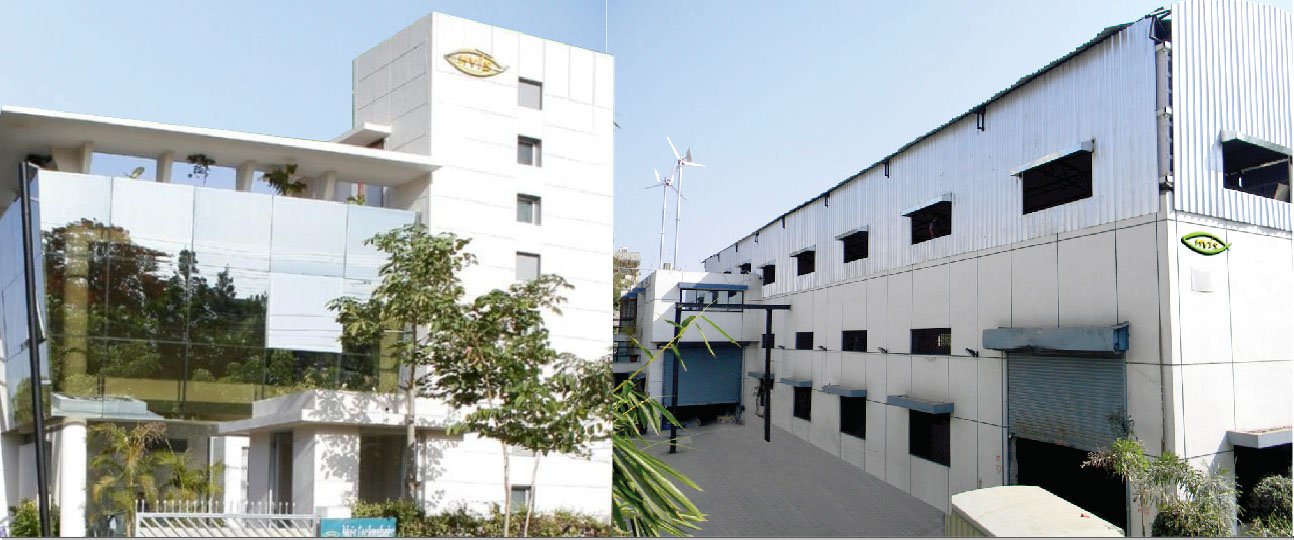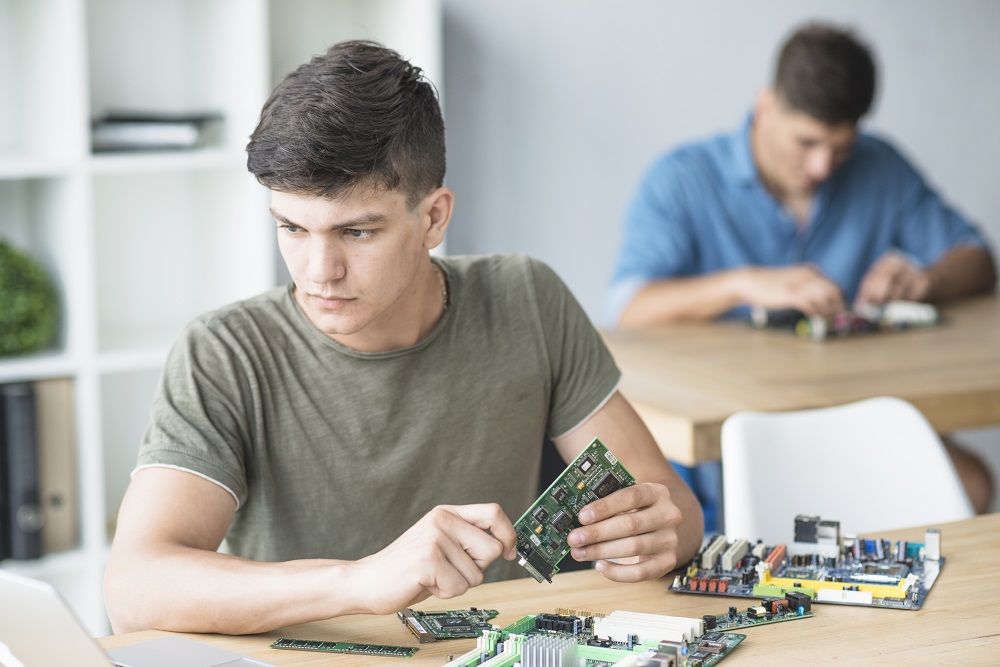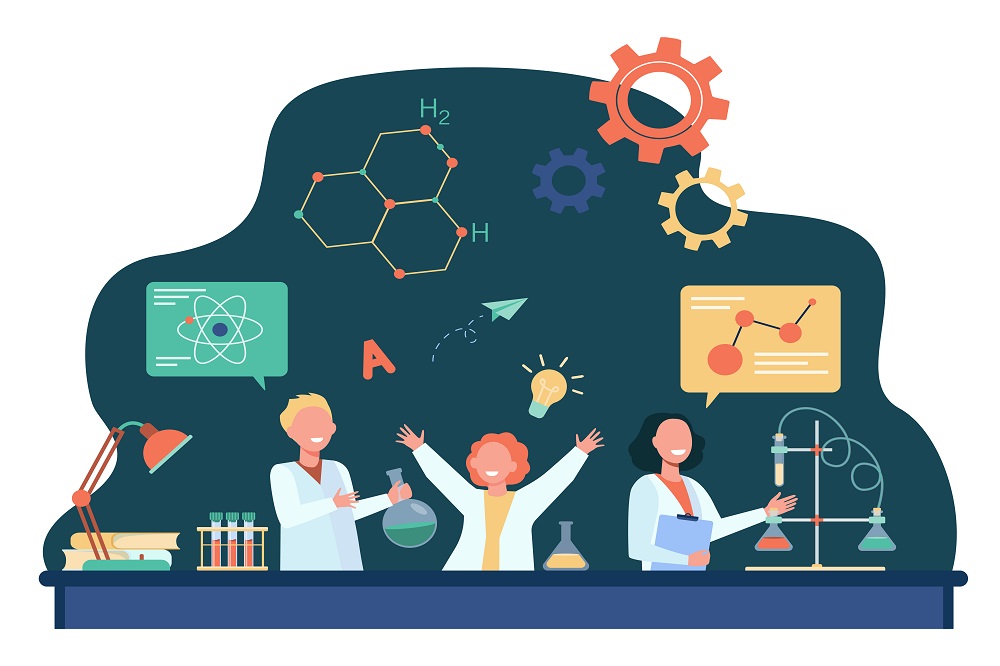In today’s technology-driven world, Electronics power almost every device; from the refrigerator in your kitchen to the automated production lines in modern factories. What makes these machines “smart” is the Embedded Systems, a specialized combination of hardware and software designed to perform dedicated functions efficiently.
Far from being niche, Embedded Systems are everywhere; running the firmware in household appliances, enabling real-time control in industrial automation, and powering IoT devices that connect our homes, workplaces, and cities. As industries continue to evolve towards smarter, more connected solutions, engineers with Embedded Systems expertise are becoming one of the most sought-after talent pools in the job market.
Where Embedded Systems show their power: Industry applications
Embedded Systems are the invisible engines that drive countless technologies, including:
- Domestic appliances like washing machines, refrigerators, and microwave ovens
- Industrial automation systems for manufacturing, process control, and energy management
- Smart meters and sensors in infrastructure and utilities
- Connected devices in IoT networks, from wearable gadgets to autonomous equipment
In each case, Embedded Systems work silently in the background by controlling operations through programmed firmware while delivering functionality through user-facing software.
Yet despite their widespread presence, many students encounter Embedded Systems only in theory during their academic years.
The missing link in technical education: Practical skills
Many Electronics and Computer Science students learn the theory of microcontrollers, sensors, and firmware, but succeeding in the industry requires more than classroom lectures. Companies seek graduates who can confidently move from concept to prototype who can debug, optimize, and innovate in real-world scenarios. Without hands-on learning, students can struggle to meet these expectations.
Companies need professionals who are confident in:
- Programming devices for specific applications
- Working with development platforms and firmware
- Interfacing hardware and software effectively
Practical training allows students to move from simply knowing about Embedded Systems to actually using them by coding, testing, and getting familiar with real devices such as microcontroller boards, and development tools. This hands-on training is critical to bridge the gap between academic knowledge and job readiness.
How an Embedded Systems lab bridges the gap
An Embedded Systems lab offers students the opportunity to experiment, test, and build projects that mimic industry challenges. It transforms passive learning into active problem-solving, enabling them to:
- Gain experience in coding and programming hardware
- Understand firmware and how it connects with application software
- Explore real-world applications in smart devices, industrial IoT, and automation
- Practice troubleshooting and optimizing embedded solutions
Students trained in such labs have a distinct advantage. They combine digital electronics skills with practical programming skills, making them versatile and industry-ready. In contrast, graduates with only theoretical Electronics or standalone programming knowledge often lack the integration skills employers need.
Government push for Electronics
The Government of India is actively promoting initiatives such as the Production Linked Incentive (PLI) scheme for large-scale Electronics, such as the Electronics Component Manufacturing Scheme. These initiatives aim to boost domestic production, encourage investments, and strengthen India’s position as a global hub for Electronics Design and Manufacturing.
Empowering institutions to build future-ready talent
Technology is evolving rapidly, with smart and connected devices becoming an integral part of our daily lives. For students, this means learning how to make devices intelligent, not just understanding the circuits but also knowing how to program them to perform specific tasks.
For students in Electronics, Instrumentation, and Electrical Engineering, as well as those pursuing ITI, polytechnic and skill development programs, Embedded Systems are already part of the curriculum. Even Computer Science graduates can benefit from understanding Embedded Systems especially in emerging areas like IoT, where programming knowledge combined with device-level expertise is highly valued by employers.
India’s vocational training landscape is responding to this need. Electronics is gaining prominence in ITI curriculum, particularly under the Electronics Mechanic trade, where students receive both theory and practical training in Hardware, Semiconductors, Basic Microcontrollers, Soldering and more.
By integrating an Embedded Systems lab, colleges and training institutions establish themselves as hubs for industry-ready talent. Nvis Technologies supports this transformation with its Embedded Systems Solutions for education. Arduino-compatible development boards feature USB bootloaders and onboard ADCs. Similarly, STM32 and Espressif chips such as the ESP32 support OTA updates and integrate NRF ICs for BLE functionality. ARM7-based modular platforms are also available, offering LCD displays, joysticks, and RTOS support. These tools are designed for interactive, project-based learning, ensuring that students do not just learn the “what” of Embedded Systems, but they also master the “how.”
For educational leaders, the choice is clear: preparing students for tomorrow’s jobs starts with giving them the tools to create, innovate, and lead today. An Embedded Systems Solutions is more than just a facility; it is an investment in your institution and your students’ success in a rapidly evolving tech world.









